What Parents Need to Know About Uneven Legs
It’s not uncommon for children to have a slight difference in the lengths of their legs or arms. But when the difference becomes more noticeable, parents naturally begin to worry:
Is this normal? Will it affect my child’s walking? Does it need treatment?
This blog explains what limb length discrepancy (LLD) is, its causes, how to spot it, and what treatment options are available to ensure healthy growth and movement.
What Is Limb Length Discrepancy?
Limb length discrepancy (LLD) refers to a condition where one leg or arm is shorter than the other. In children, this is most commonly observed in the legs, and even a small difference (as little as 1 cm) can sometimes affect posture, gait, and joint health.
What Causes Limb Length Differences?
Limb length differences can be congenital (present at birth) or acquired due to injury or disease.
Common causes include:
Birth conditions (e.g., congenital short femur, fibular hemimelia)
Infections affecting the growth plate
Fractures involving growth plates
Bone diseases like rickets
Neuromuscular conditions (e.g., cerebral palsy)
Tumors or surgical removal of bone
Previous injury or trauma to the growth plate
Signs to Watch For
Mild discrepancies may go unnoticed, but larger differences can lead to:
Limping or uneven walking
One leg appearing longer in pants or shoes
Uneven shoe wear
Hip or back pain
Fatigue or discomfort after walking or running
Postural issues or compensatory scoliosis
If you notice these signs, it’s best to have your child evaluated by a pediatric orthopedic specialist.
How Is LLD Diagnosed?
At Child OrthoCare, we begin with:
Detailed physical examination
Measurement of limb lengths (manual or scan-based)
Standing X-rays or EOS scans
In some cases, MRI or CT scans for growth plate evaluation
These assessments help determine the exact difference and whether it’s likely to increase as your child grows.
When Is Treatment Needed?
No treatment is usually required if:
The length difference is less than 1.5–2 cm
The child has no walking issues or discomfort
Treatment is recommended if:
The discrepancy is greater than 2 cm
There are signs of pain, limping, or postural changes
The difference is expected to increase with age
Treatment Options
Treatment depends on the age of the child, the amount of discrepancy, and the cause.
Non-surgical approaches:
Shoe lifts to balance leg length and improve walking
Physical therapy to manage muscle tightness or imbalance
Regular monitoring during growth years
Surgical options (for larger or worsening discrepancies):
Growth modulation (epiphysiodesis): slowing growth in the longer leg
Limb lengthening procedures for the shorter leg
Bone shortening in rare cases (for severe discrepancies)
Modern surgical techniques are safe and offer excellent long-term outcomes when done at the right time.
Can LLD Be Prevented?
Not always—many causes are out of anyone’s control. However, timely treatment of bone infections, injuries, and nutritional deficiencies can help reduce the risk of acquired LLD.
Final Thoughts
A small difference in limb length is often harmless and manageable, but a significant discrepancy may impact your child’s development, posture, and comfort. The good news is: LLD is treatable, especially when diagnosed early.
Get Expert Guidance at Child OrthoCare
Worried about your child’s leg length or walking pattern?
Trust Dr. Nargesh Agrawal and the experienced team at Child OrthoCare for accurate diagnosis, advanced treatment, and complete support.
Book a consultation today
Let’s ensure your child grows up with balanced movement and lasting comfort.






